On the southeastern shore of the Big Island of Hawaii lies Kilauea, a volcano that epitomizes the raw, untamed power of nature. As one of the most active volcanoes on Earth, Kilauea is in a near-constant state of eruption, with molten lava flowing down its slopes and reshaping the landscape in real time. This geological marvel is not just a natural wonder; it is a living testament to the dynamic and ever-changing nature of our planet. In late 2024, after a brief period of inactivity, Kilauea once again burst into life, drawing crowds of tourists eager to witness its dramatic displays. Believed to be between 210,000 and 280,000 years old, Kilauea is a reminder of the ancient forces that continue to shape our world.
The Birth of a Volcano
Kilauea's origins date back to the movement of the Pacific tectonic plate over a hotspot in the Earth's mantle. This hotspot, responsible for the formation of the entire Hawaiian archipelago, has been steadily creating new islands for millions of years. Kilauea, emerging above sea level around 100,000 years ago, is the youngest and most active of the Hawaiian volcanoes. Its name, derived from the Hawaiian word "kilauea," means "spewing" or "much spreading," a fitting description for a volcano that has been continuously erupting since 1983.
The Eruptions of Kilauea
Kilauea's eruptions are a spectacle of nature that few can forget. The volcano's activity is characterized by frequent lava flows, fissure eruptions, and the formation of lava lakes. These eruptions are not just visually stunning; they are also scientifically significant. They provide researchers with a unique opportunity to study the processes that drive volcanic activity and the formation of new land.
In 2018, Kilauea experienced one of its most significant eruptions in recent history. The eruption began in early May, with fissures opening up in the Leilani Estates subdivision, a residential area on the volcano's eastern flank. Over the next several months, lava flows destroyed hundreds of homes and forced thousands of residents to evacuate. The eruption also caused the collapse of the summit caldera, creating a new, deeper crater. This event, while devastating for those affected, offered invaluable insights into the volcano's behavior and the dynamics of its plumbing system.
The 2024 Eruption: A New Chapter
In late 2024, Kilauea once again captured the world's attention with a new eruption. After a brief period of inactivity, the volcano roared back to life, with lava fountains reaching heights of over 90 meters (300 feet). The eruption was a dramatic display of nature's power, with bright orange lava flowing down the slopes and creating new landscapes. Tourists and scientists alike flocked to the area to witness this extraordinary event, drawn by the allure of seeing one of nature's most powerful forces in action.
The 2024 eruption also highlighted the ongoing efforts to monitor and understand Kilauea's activity. The Hawaiian Volcano Observatory, part of the United States Geological Survey (USGS), has been continuously monitoring the volcano for decades. Using a combination of seismic data, GPS measurements, and satellite imagery, scientists are able to track changes in the volcano's activity and provide early warnings of potential eruptions. This information is crucial for protecting the communities that live near Kilauea and for ensuring the safety of visitors.
Cultural Significance
For the native Hawaiians, Kilauea is more than just a geological feature; it is a sacred place. The volcano is considered the home of Pele, the Hawaiian goddess of fire, lightning, wind, and volcanoes. According to legend, Pele's fiery temper and passionate nature are reflected in the volcano's eruptions. The Hawaiian people have a deep respect for Kilauea and its associated deities, and many cultural practices and traditions are tied to the volcano.
The connection between the Hawaiian people and Kilauea is evident in the numerous chants, songs, and stories that celebrate the volcano's power and beauty. These cultural expressions serve as a reminder of the deep bond between the land and its people, a bond that has been forged over centuries of coexistence. The respect and reverence for Kilauea are also reflected in the efforts to protect and preserve the volcano's natural and cultural resources.
The Impact on the Environment
Kilauea's eruptions have a profound impact on the environment, both locally and globally. The lava flows create new land, expanding the island of Hawaii and providing a unique opportunity for ecological succession. As the lava cools and solidifies, it forms a barren landscape that gradually becomes colonized by pioneer species. Over time, these species create a foundation for more complex ecosystems to develop, showcasing the resilience and adaptability of nature.
However, Kilauea's eruptions also have more immediate and sometimes destructive effects on the environment. The release of volcanic gases, such as sulfur dioxide, can create vog (volcanic smog), which can have negative impacts on air quality and human health. Additionally, the destruction of homes and infrastructure during eruptions can have long-lasting effects on local communities. Despite these challenges, the people of Hawaii have shown remarkable resilience and adaptability in the face of Kilauea's eruptions.
The Future of Kilauea
As Kilauea continues to erupt, scientists and researchers are working tirelessly to understand its behavior and predict future events. The data collected from ongoing monitoring efforts provide valuable insights into the volcano's plumbing system, eruption patterns, and potential hazards. This information is crucial for developing effective mitigation strategies and ensuring the safety of residents and visitors.
The future of Kilauea is also tied to the broader context of volcanic activity in the Hawaiian Islands. As the Pacific tectonic plate continues to move, the hotspot responsible for the formation of the islands will eventually shift away from Kilauea. This process, which has been ongoing for millions of years, will eventually lead to the formation of new islands and the gradual cooling and inactivity of Kilauea. However, for now, Kilauea remains a vibrant and active volcano, a symbol of the dynamic and ever-changing nature of our planet.
Kilauea, the fiery heart of Hawaii, is a geological marvel that embodies the raw power and beauty of nature. Its near-constant eruptions, dramatic displays of molten lava, and profound cultural significance make it a unique and captivating destination. As one of the most active volcanoes in the world, Kilauea serves as a reminder of the ancient forces that continue to shape our planet. Whether you are a scientist studying its eruptions, a tourist marveling at its beauty, or a native Hawaiian honoring its sacred significance, Kilauea offers a profound and unforgettable experience. As we continue to learn from and respect this extraordinary volcano, we gain a deeper appreciation for the dynamic and ever-changing world in which we live.
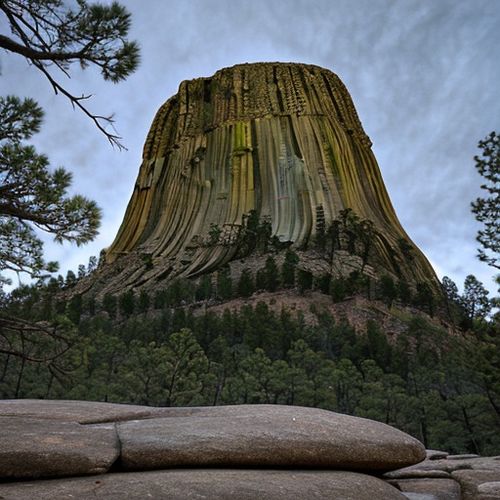
By Natalie Campbell/Apr 27, 2025
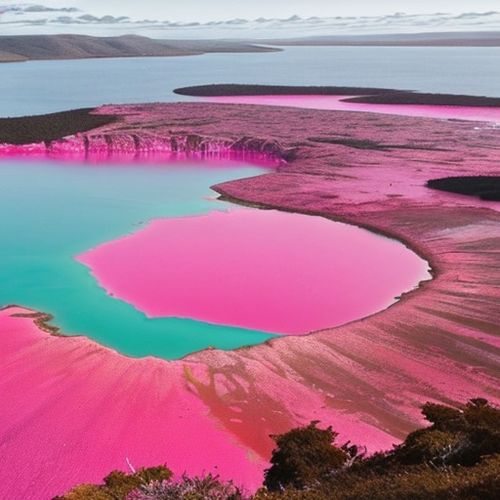
By Olivia Reed/Apr 27, 2025

By Noah Bell/Apr 27, 2025
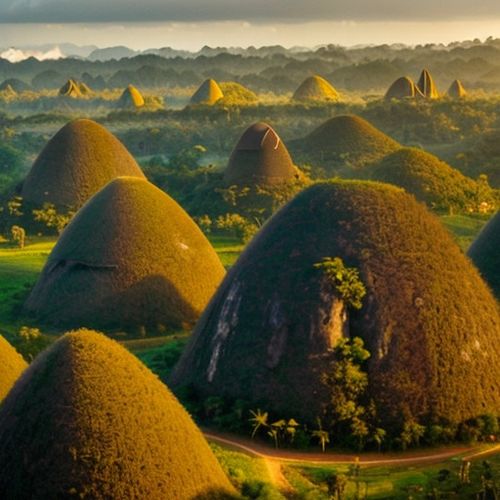
By Jessica Lee/Apr 27, 2025
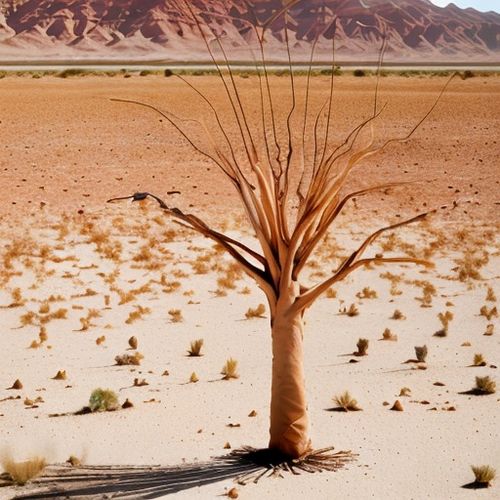
By Daniel Scott/Apr 27, 2025
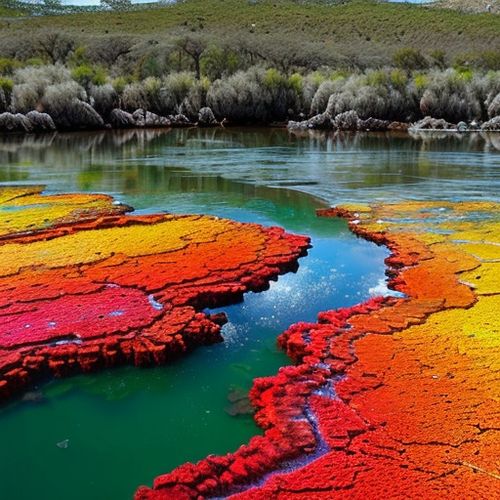
By Grace Cox/Apr 27, 2025
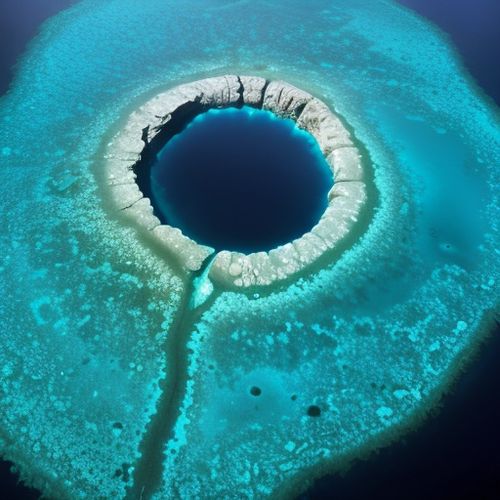
By Michael Brown/Apr 27, 2025
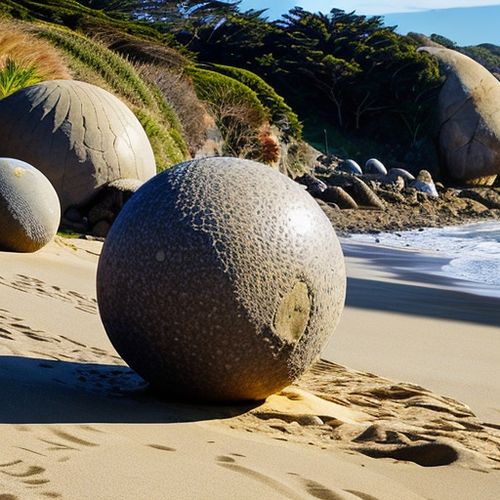
By Amanda Phillips/Apr 27, 2025
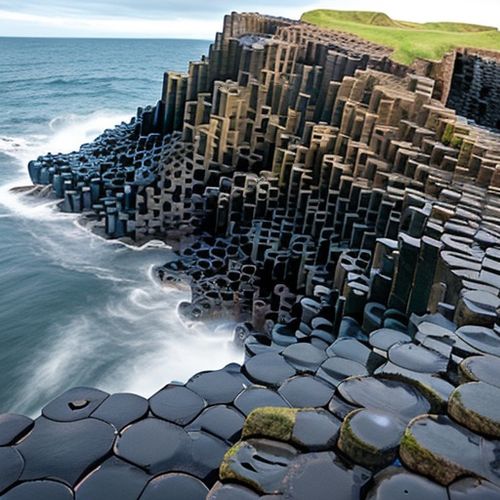
By Ryan Martin/Apr 27, 2025
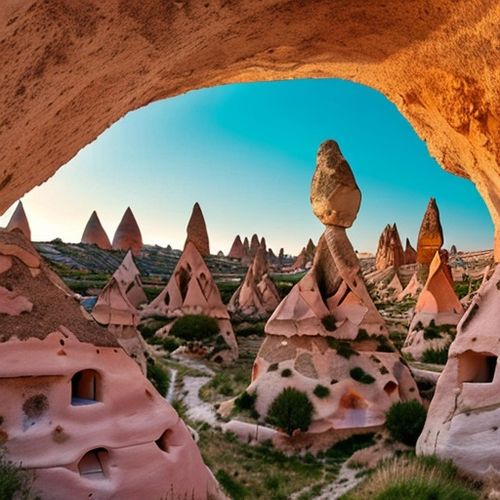
By Victoria Gonzalez/Apr 27, 2025

By Natalie Campbell/Apr 27, 2025
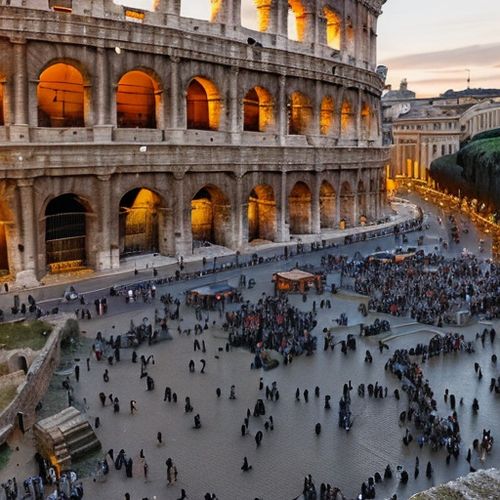
By Ryan Martin/Apr 11, 2025

By Sophia Lewis/Apr 11, 2025

By David Anderson/Apr 11, 2025
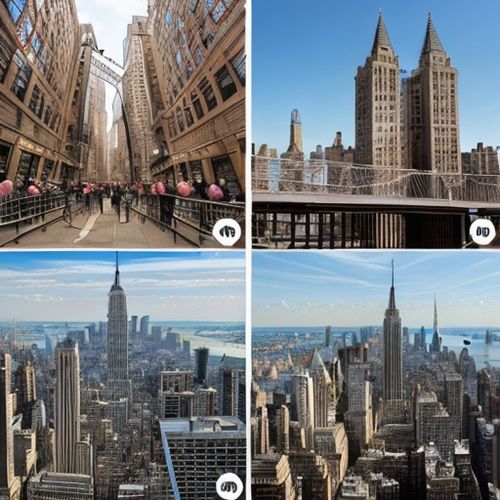
By Rebecca Stewart/Apr 11, 2025

By Thomas Roberts/Apr 11, 2025
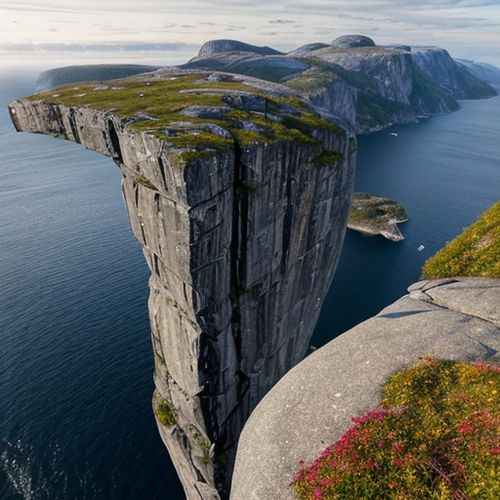
By Thomas Roberts/Apr 11, 2025
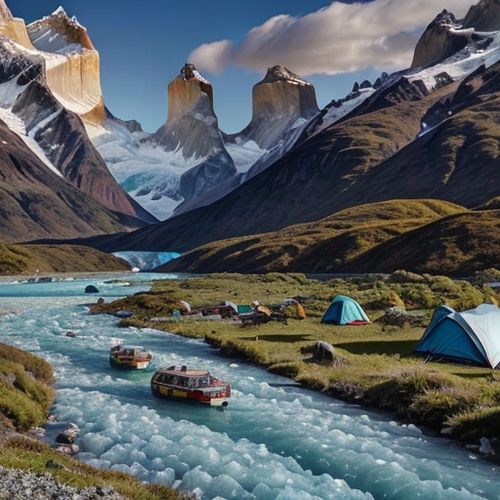
By Elizabeth Taylor/Apr 11, 2025
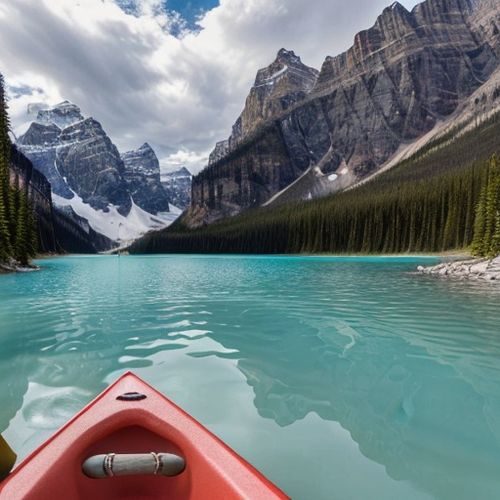
By Thomas Roberts/Apr 11, 2025
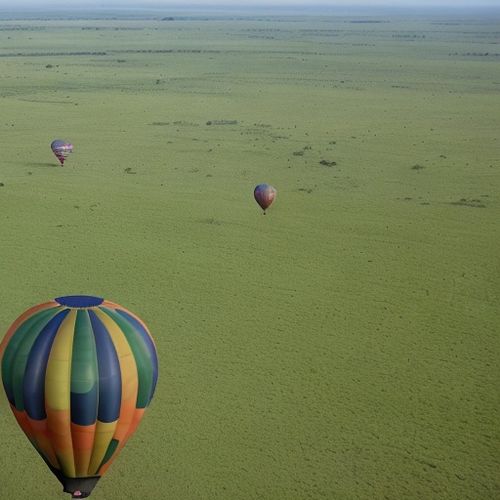
By Eric Ward/Apr 11, 2025